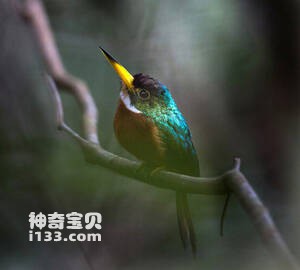
Galbula albirostris
Galbula albirostris,Yellow-billed Jacamar
The species is Galbula albirostris and Yellow-billed Jacamar.Protect wild an···

Jacamaralcyon tridactyla
Jacamaralcyon tridactyla,Three-toed Jacamar
The scientific name of the Three-toed bird is Jacamaralcyon tridactyla, and ···
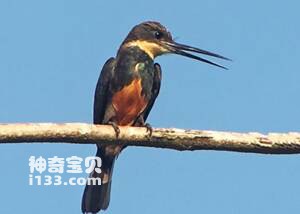
Brachygalba salmoni
Brachygalba salmoni,Dusky-backed Jacamar
The species is known as Brachygalba salmoni and Dusky-backed Jacamar.Protect···
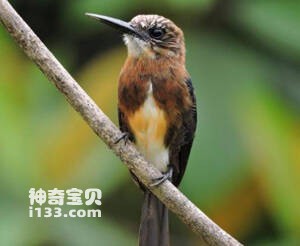
Brachygalba lugubris
Brachygalba lugubris,Brown Jacamar
The species is known as Brachygalba lugubris or Brown Jacamar, but its behav···
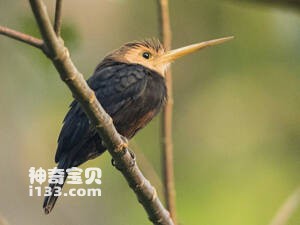
Brachygalba albogularis
Brachygalba albogularis,White-throated Jacamar
The species is known as Brachygalba albogularis or White-throated Jacamar.Pr···
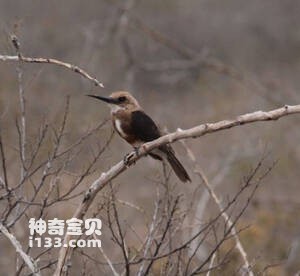
Brachygalba goeringi
Brachygalba goeringi,Pale-headed Jacamar
The species is known as Brachygalba goeringi or Pale-headed Jacamar.Protect ···
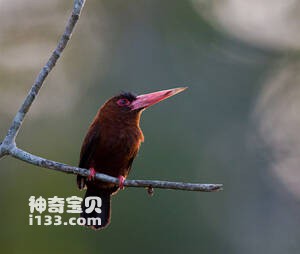
Galbalcyrhynchus purusianus
Galbalcyrhynchus purusianus,Purus Jacamar,Chestnut Jacamar
Galbalcyrhynchus purusianus (Purus Jacamar, Chestnut Jacamar) feeds on insec···
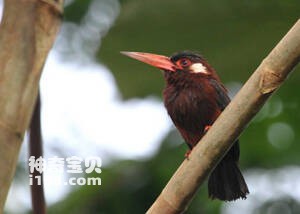
Galbalcyrhynchus leucotis
Galbalcyrhynchus leucotis,White-eared Jacamar
Galbalcyrhynchus leucotis (White-eared Jacamar) feeds on insects.Protect wil···
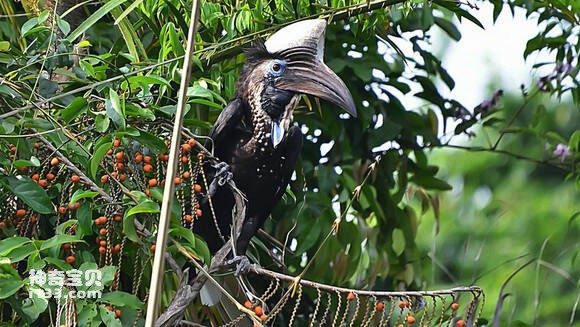
Ceratogymna elata
Ceratogymna elata,Yellow-casqued Hornbill,Yellow-casqued wattled hornbill
The scientific name Ceratogymna elata, foreign names Yellow-casqued Hornbill···
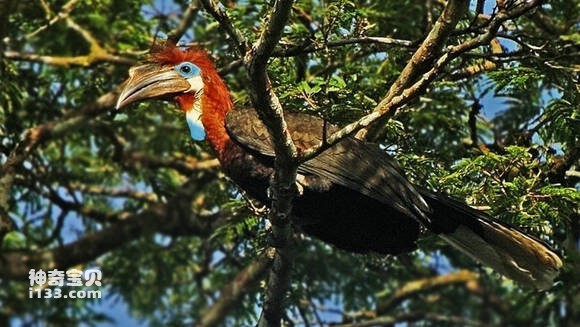
Ceratogymna atrata
Ceratogymna atrata,White-casqued Hornbill,Black-casqued wattled hornbill
Ceratogymna atrata, White-casqued Hornbill, Black-casqued wattled hornbill, ···
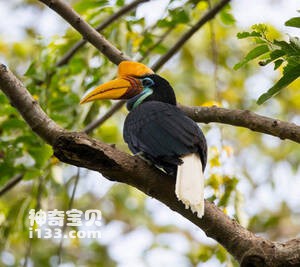
Rhyticeros cassidix
Rhyticeros cassidix,Aceros cassidix,Knobbedhornbill,Sulawesi wrinkled hornbill
Its scientific name is Rhyticeros cassidix, Aceros cassidix, foreign names K···
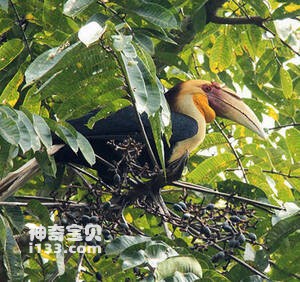
Aceros subruficollis
Aceros subruficollis,Rhyticeros subruficollis,Plain-pouched Hornbill
The species is known as Aceros subruficollis, Rhyticeros subruficollis, and ···
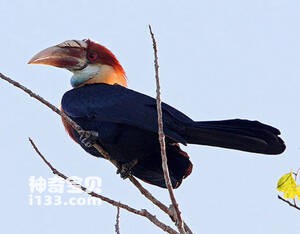
Rhyticeros everetti
Rhyticeros everetti,Aceros everetti,Everett's Hornbill,Sumba hornbill
The species is known by its scientific names Rhyticeros everetti and Aceros ···
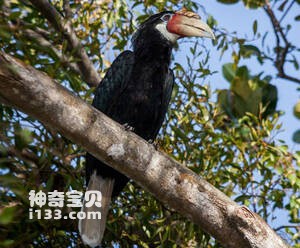
Rhyticeros narcondami
Rhyticeros narcondami,Aceros narcondami,Narcondam Hornbill
Nargondam island crepe helmeted Hornbill scientific name Rhyticeros narconda···
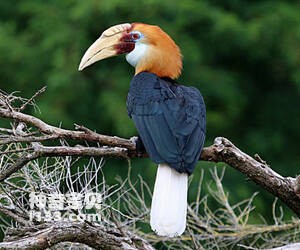
Rhyticeros plicatus
Rhyticeros plicatus,Aceros plicatus,Blyth's Hornbill,Papuan hornbill
Rhyticeros plicatus, Aceros plicatus, foreign names Blyth's Hornbill, Pa···
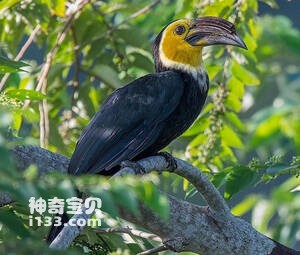
Rhabdotorrhinus exarhatus
Rhabdotorrhinus exarhatus,Penelopides exarhatus,Sulawesi Hornbill
The species' scientific names are Rhabdotorrhinus exarhatus, Penelopides···
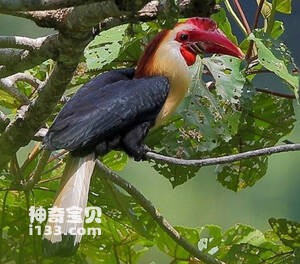
Rhabdotorrhinus leucocephalus
Rhabdotorrhinus leucocephalus,Aceros leucocephalus,Writhed Hornbill
The species is known as Rhabdotorrhinus leucocephalus, Aceros leucocephalus ···
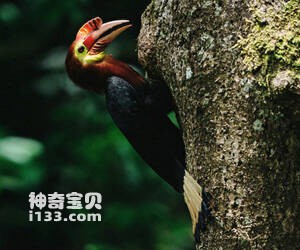
Aceros waldeni
Aceros waldeni,Rhabdotorrhinus waldeni,Writhe-billed Hornbill,Walden's hornbill,Visayan wrinkled hornbill,Rufous-headed hornbill
Aceros waldeni, Rhabdotorrhinus waldeni, The names Writhe-billed hornbill, W···
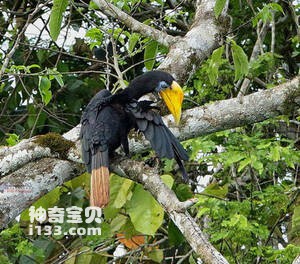
Aceros corrugatus
Aceros corrugatus,Rhabdotorrhinus corrugatus,Wrinkled hornbill,Sunda wrinkled hornbill
The Sunda Wrinkled hornbill (Aceros corrugatus, Rhabdotorrhinus corrugatus, ···
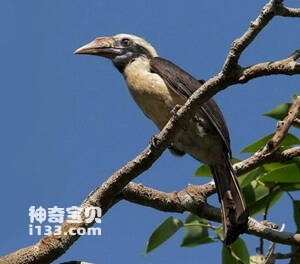
Penelopides mindorensis
Penelopides mindorensis,Mindoro hornbill
Mindoro hornbill's scientific name is Penelopides mindorensis, foreign n···
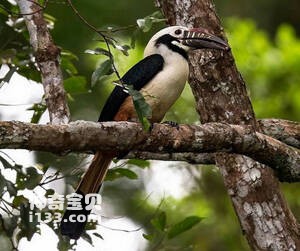
Penelopides panini
Penelopides panini,Rufous-tailed Hornbill,Visayan hornbill
The Visayan hornbill is known as Penelopides panini, Rufous-tailed hornbill ···
